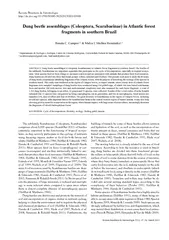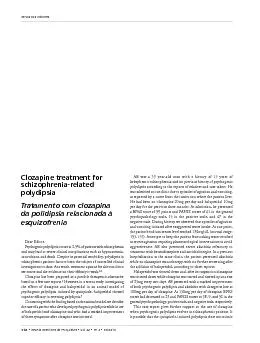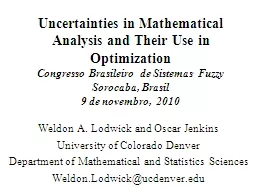PDF-Revista de Sistemas de Informa
Author : natalia-silvester | Published Date : 2017-01-10
httpwwwfsmaedubrsisistemashtml 46 Abstract We show that recent known advances in Computer Science have allowed us to enter in regions of data immensity that we thought
Presentation Embed Code
Download Presentation
Download Presentation The PPT/PDF document "Revista de Sistemas de Informa" is the property of its rightful owner. Permission is granted to download and print the materials on this website for personal, non-commercial use only, and to display it on your personal computer provided you do not modify the materials and that you retain all copyright notices contained in the materials. By downloading content from our website, you accept the terms of this agreement.
Revista de Sistemas de Informa: Transcript
Download Rules Of Document
"Revista de Sistemas de Informa"The content belongs to its owner. You may download and print it for personal use, without modification, and keep all copyright notices. By downloading, you agree to these terms.
Related Documents














